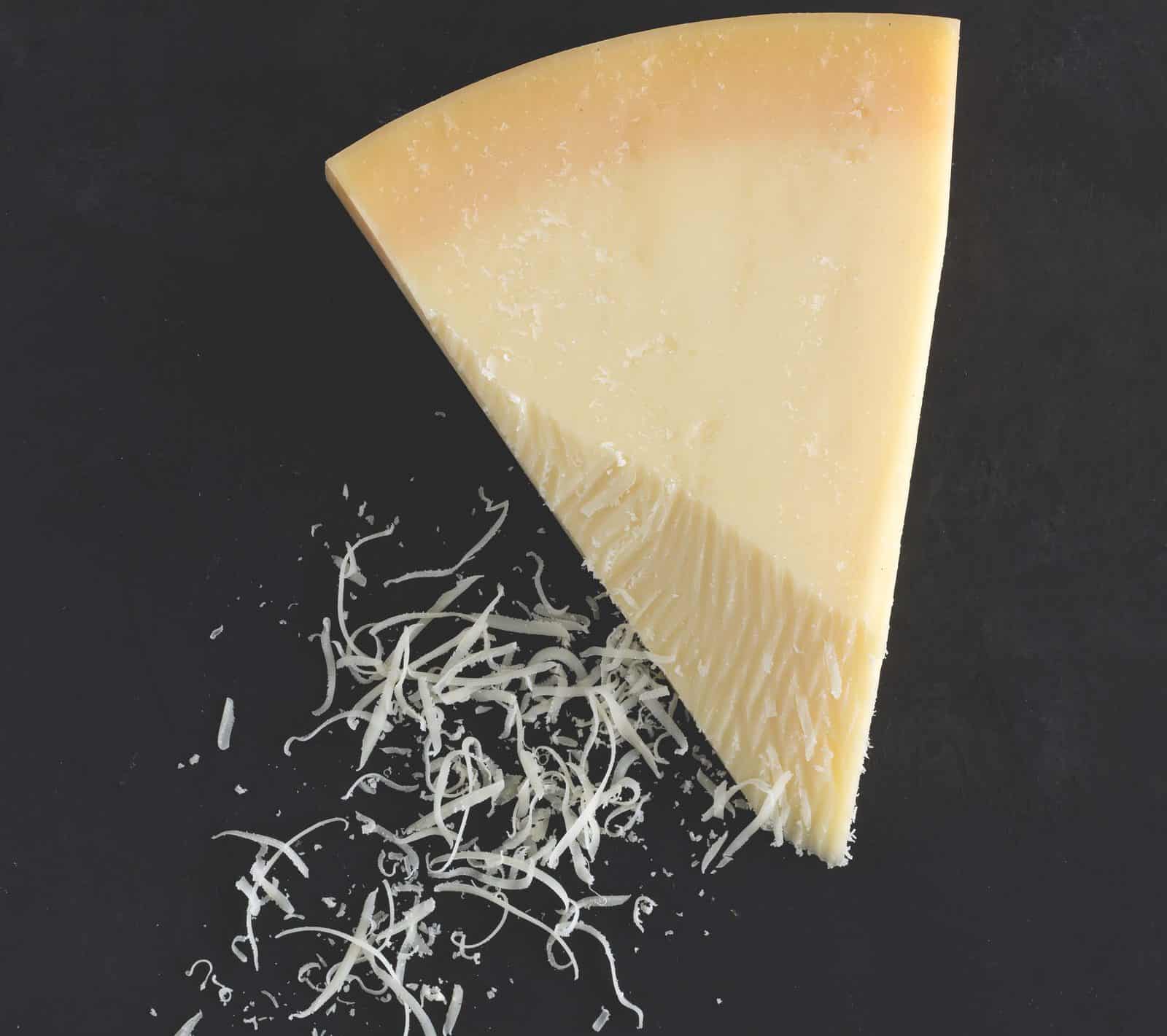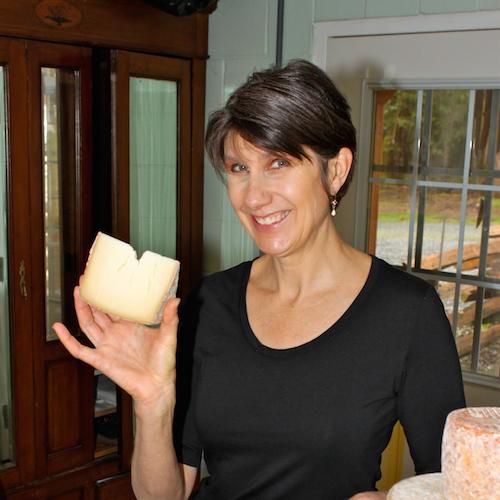
![]() Why are cheeses so salty, and are there any low-sodium options?
Why are cheeses so salty, and are there any low-sodium options?
![]() Sodium chloride, or table salt, is a key ingredient in cheesemaking. It helps draw moisture out of the curd while also binding with the water molecules that remain in the cheese, making that water unavailable for food spoilage microbes. Salt also enhances flavor, and can encourage the growth of desirable microbes that enjoy briny environs, such as blue molds and red surface-ripening yeasts and bacteria.
Sodium chloride, or table salt, is a key ingredient in cheesemaking. It helps draw moisture out of the curd while also binding with the water molecules that remain in the cheese, making that water unavailable for food spoilage microbes. Salt also enhances flavor, and can encourage the growth of desirable microbes that enjoy briny environs, such as blue molds and red surface-ripening yeasts and bacteria.
But there’s hope for cheese lovers needing to limit their salt intake. Sodium content varies greatly between cheese styles, from a tiny 125 milligrams, or five percent of the Recommended Daily Allowance (RDA) per serving in some Swiss-style cheeses, to a whopping 480 milligrams (19 to 20 percent of the RDA) for Pecorino Romano. Other lower-salt cheeses include bloomy-rind styles and younger cheddars, while feta and blue cheeses tend to be on the saltier side.
Processed cheese product, often referred to as “American cheese,” is higher in sodium than most natural cheeses—especially if you compare salt content per ounce of cheese. Don’t be lulled into a false sense of security with reduced-sodium versions; they will typically still be pretty high, at about 10 percent of the RDA per ounce. Low-or reduced-sodium versions usually substitute potassium chloride for part of the sodium chloride, which is very salty tasting and does a good job of helping preserve the product (no salt, though, would make the cheese too bitter).
I also encourage you to step back from the nutrition label and look at what the cheese is served with. For a bit of perspective, a plain bagel from the grocery store might contain more sodium than a serving of feta, while a serving of bottled salad dressing is often higher than a piece of blue cheese. In many cases, cheese is a minor contributor of sodium to a meal.




